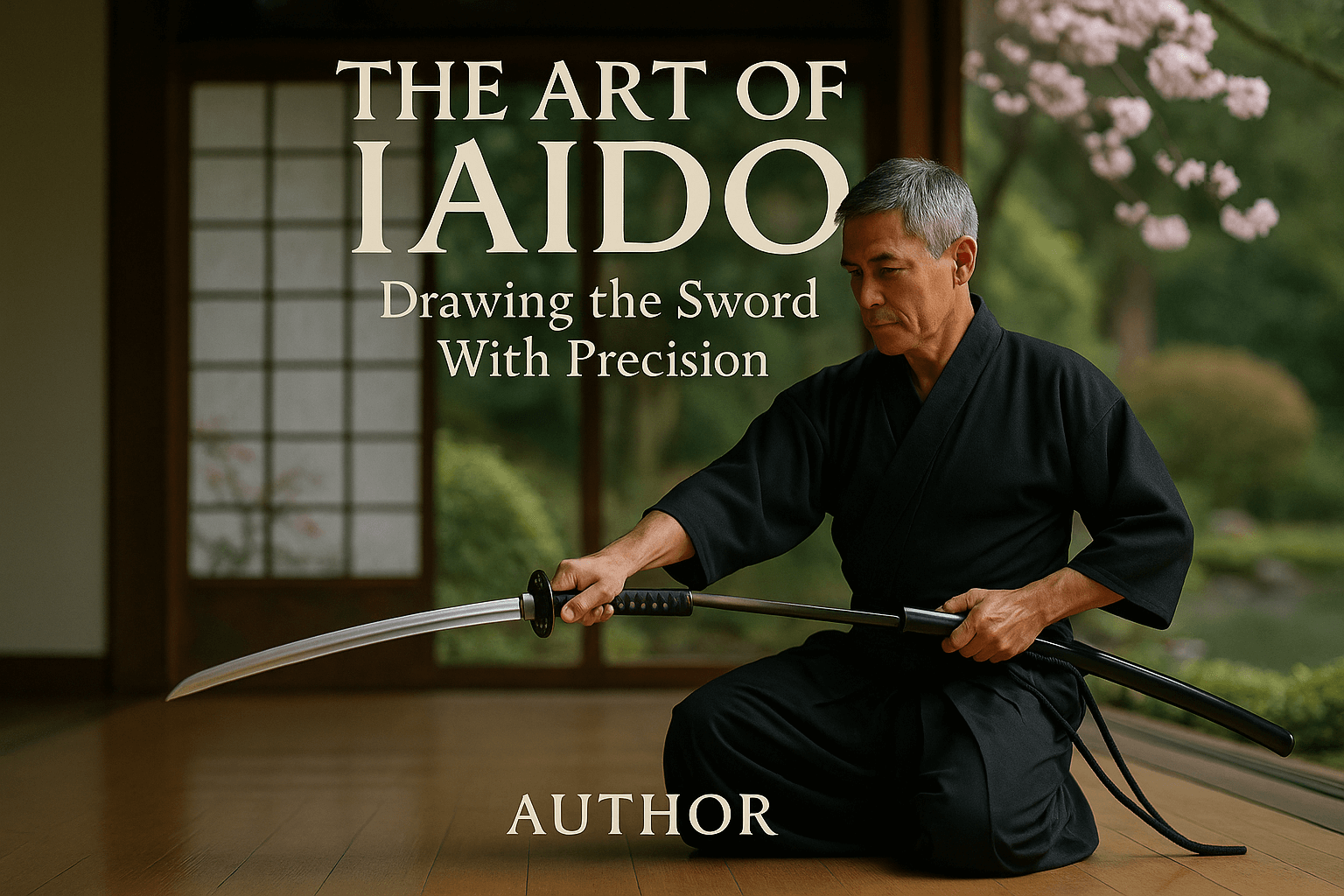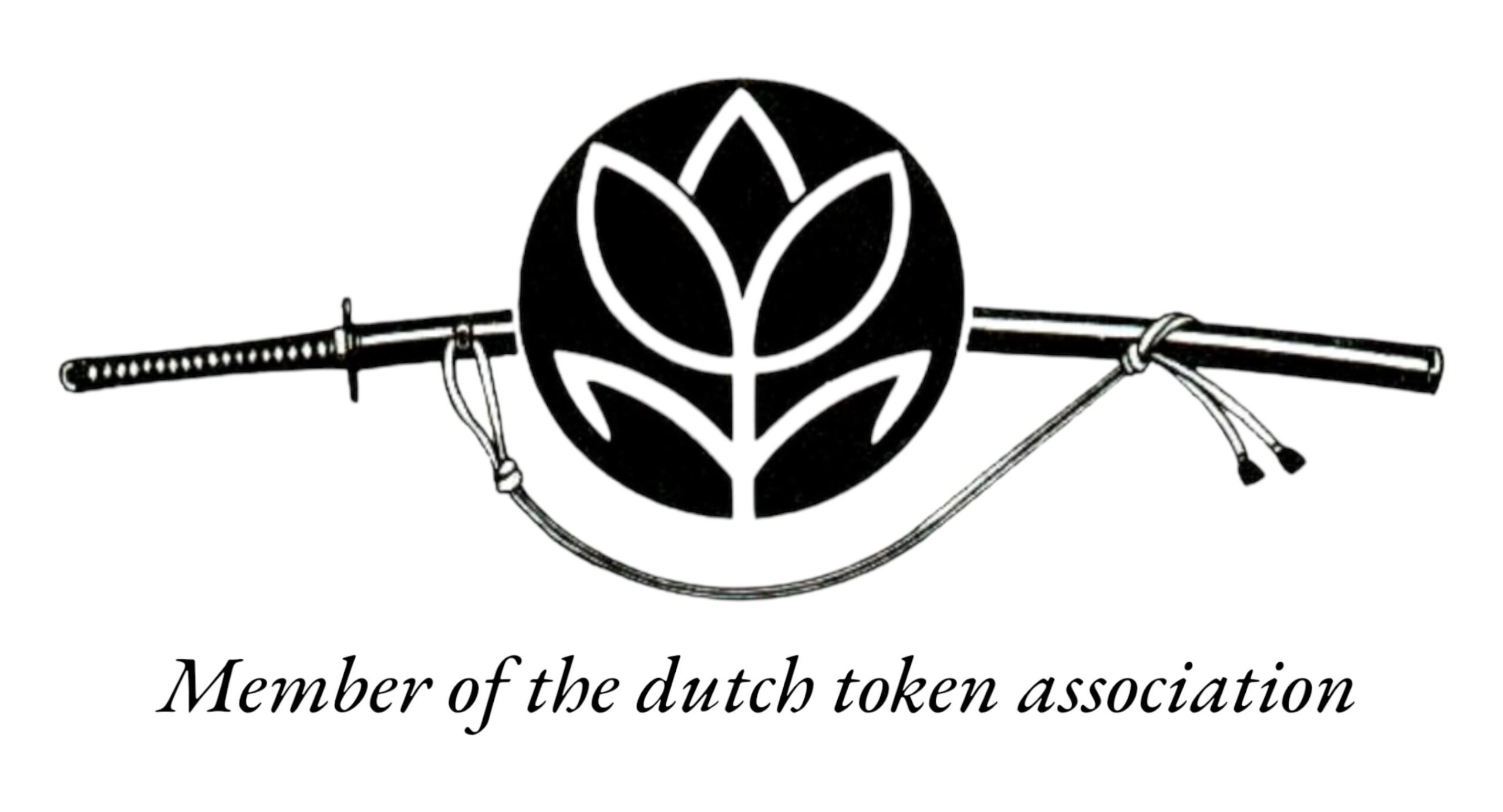Introduction to Iaido
Iaido is the Japanese martial art dedicated to the smooth, controlled drawing and sheathing of the katana. Rooted in the traditions of the samurai, Iaido emphasizes awareness, precision, and presence of mind. Practitioners, known as iaidoka, train to respond to sudden attacks by drawing and cutting in one fluid motion—executed with calm focus rather than brute force.
Unlike many martial arts that emphasize sparring or physical confrontation, Iaido is largely a solo practice, with kata (forms) designed to hone posture, timing, and mental discipline. Each movement is deliberate; nothing is wasted. The goal isn’t speed or strength, but exactness and composure.
This unique art form is a moving meditation—a harmony of body and spirit expressed through a blade. Through Iaido, practitioners cultivate patience, clarity, and a quiet strength, embodying the essence of a warrior at peace.
Origins Rooted in Stillness
In feudal Japan, amid a culture shaped by honor, discipline, and warfare, Iaido emerged as a refined martial art grounded in stillness and swift, decisive movement. Its origins trace back to the samurai class during the late 16th century, when warriors sought not only mastery of the sword but also the cultivation of mental clarity and self-control. Unlike other sword arts focused solely on combat, Iaido emphasized the moment before conflict—the silent readiness and awareness that precede action.
The foundational concept of Iaido, known as nuki-tsuke—the drawing and cutting of the sword in a single motion—developed as a practical skill for samurai needing to respond instantly to sudden threats. Yet over time, this practice evolved beyond battlefield necessity into a disciplined form of self-cultivation. Influenced by Zen Buddhism and Shinto rituals, practitioners began to view each kata, or form, as a meditative act—a way to harmonize body, mind, and spirit.
Historically, Iaido was not a sport, but a path to personal transformation. Samurai schools embedded spiritual teachings within the martial curriculum, encouraging practitioners to approach the blade with respect and introspection. The dojo became a space not for violence, but for inner refinement. In this way, Iaido reflects the paradox that defines many Japanese martial arts: the sword as both a weapon and a path to peace.
As Iaido passed through generations, it retained this dual essence—martial readiness tempered by serene composure. Rooted in moments of stillness, it became more than a physical discipline; it became a living embodiment of the samurai spirit.
The Katana: Tool and Teacher
In Iaido, the katana is far more than a steel blade—it is a teacher in its own right. For practitioners, each draw, cut, and sheathing of the sword becomes a dialogue between mind, body, and steel. The katana demands awareness; its razor edge punishes hesitation or distraction. This sensitivity enforces a heightened sense of presence, compelling practitioners to be fully engaged in each moment.
Precision is not optional—it is everything. The katana’s unforgiving nature pushes the iaidoka to refine every movement until it flows with intention and subtlety. From foot placement to the angle of the wrist, the sword becomes a tool to carve away excess, both physically and mentally.
But perhaps most importantly, the katana instills discipline. Mastery in Iaido comes not from brute strength, but from relentless consistency. The sword does not lie—every arc reveals the truth of the practitioner’s effort, mindset, and spirit. In this way, the katana is both the path and the mirror, guiding the iaidoka toward mastery through discipline rooted in tradition, silence, and respect.
Kata: Movements With Meaning
In Iaido, kata are the heart of training—a series of precise, ritualized movements that transform swordsmanship into meditative discipline. Each kata reenacts a combat scenario, guiding the practitioner through drawing, cutting, and returning the sword in one fluid, intentional motion. While they may appear choreographed, kata are far from rote. They demand total focus, teaching practitioners how to control distance, timing, and posture under pressure.
By repeating these forms countless times, Iaido students internalize the mechanics of the sword while cultivating zanshin, a state of heightened awareness. The controlled environment of kata allows refinement without the unpredictability of sparring, making it ideal for perfecting the subtleties of footwork, hand placement, and breath control. Over time, this repetition fosters muscle memory and a calm, focused mind essential for mastery.
Though solo in nature, kata are steeped in the legacy of real encounters. They serve not only as technical drills but also as a living history of samurai combat strategy and etiquette. Through kata, modern practitioners connect to the spirit of the art and deepen their understanding of Iaido as more than just physical technique—it becomes an inner discipline.
Zanshin: The Quiet After the Cut
In Iaido, the final movement of a kata is never the end—it is merely a transition into zanshin, the lingering awareness that defines a true martial presence. Literally translating to “remaining mind” or “remaining spirit,” zanshin embodies a sustained state of heightened perception and readiness, even after the sword has returned to its scabbard.
This principle is not an afterthought but a cornerstone of Iaido. A practitioner doesn’t merely perform a precise cut and dismiss the moment. Instead, they remain alert, controlled, and connected to their surroundings, demonstrating that their awareness extends beyond the visible technique. It is in this stillness—the moment after action—where the true depth of Iaido emerges.
Cultivating zanshin requires more than physical discipline; it demands mental clarity, emotional restraint, and an unwavering focus that continues long after the strike. Over time, this state of mindful presence seeps beyond the dojo, inviting practitioners to carry a calm alertness into daily life. In this way, zanshin becomes not only a facet of martial skill but a reflection of character shaped by the sword.
Training the Mind and Body
In Iaido, mastery isn’t achieved through physical prowess alone—it’s cultivated through the union of mind and body. Each draw of the sword, or nukitsuke, is not merely a mechanical movement but a deliberate act requiring sharp mental clarity and precise technique. The practitioner learns to align breath, posture, and intent, channeling focus into every motion.
Consistent practice is the foundation for both mental resilience and physical refinement. Through repetition, muscle memory develops, but more importantly, so does calmness under pressure. This discipline fosters a meditative state where extraneous thoughts fall away, leaving only presence and purpose.
Breath control plays a vital role, anchoring the practitioner in the moment and synchronizing their movements. A deep inhale before drawing, an exhale as the blade flows—each breath acts as a rhythm for both energy and awareness. Over time, this controlled breathing trains the mind to remain steady, even in the face of internal or external tension.
Iaido is ultimately about inner mastery expressed through outer stillness and motion. The sword becomes an extension of one’s intent, and through dedicated training, practitioners shape not just technique but character.
Iaido Beyond the Dojo
Iaido is more than the precise drawing of a sword—it’s a way of being. The discipline, patience, and presence cultivated through each practiced kata flow naturally into life beyond the dojo. In the quiet repetition of forms, practitioners learn to act with intention, even under pressure. This mindfulness carries into daily challenges, encouraging thoughtful action over impulsive reaction.
The respect shown to one’s sword, the training space, and fellow students shapes an attitude of humility and courtesy that strengthens relationships outside the martial arts world. Patience—honed in the relentless pursuit of mastery—transforms frustration into focused perseverance in everyday endeavors.
Through Iaido, practitioners discover that true clarity and precision come not only from perfecting technique but from mastering the self. The sword becomes a mirror, reflecting the values essential to a more centered, respectful, and purposeful life.





